Stage 3 Virtual
Canberra Tour
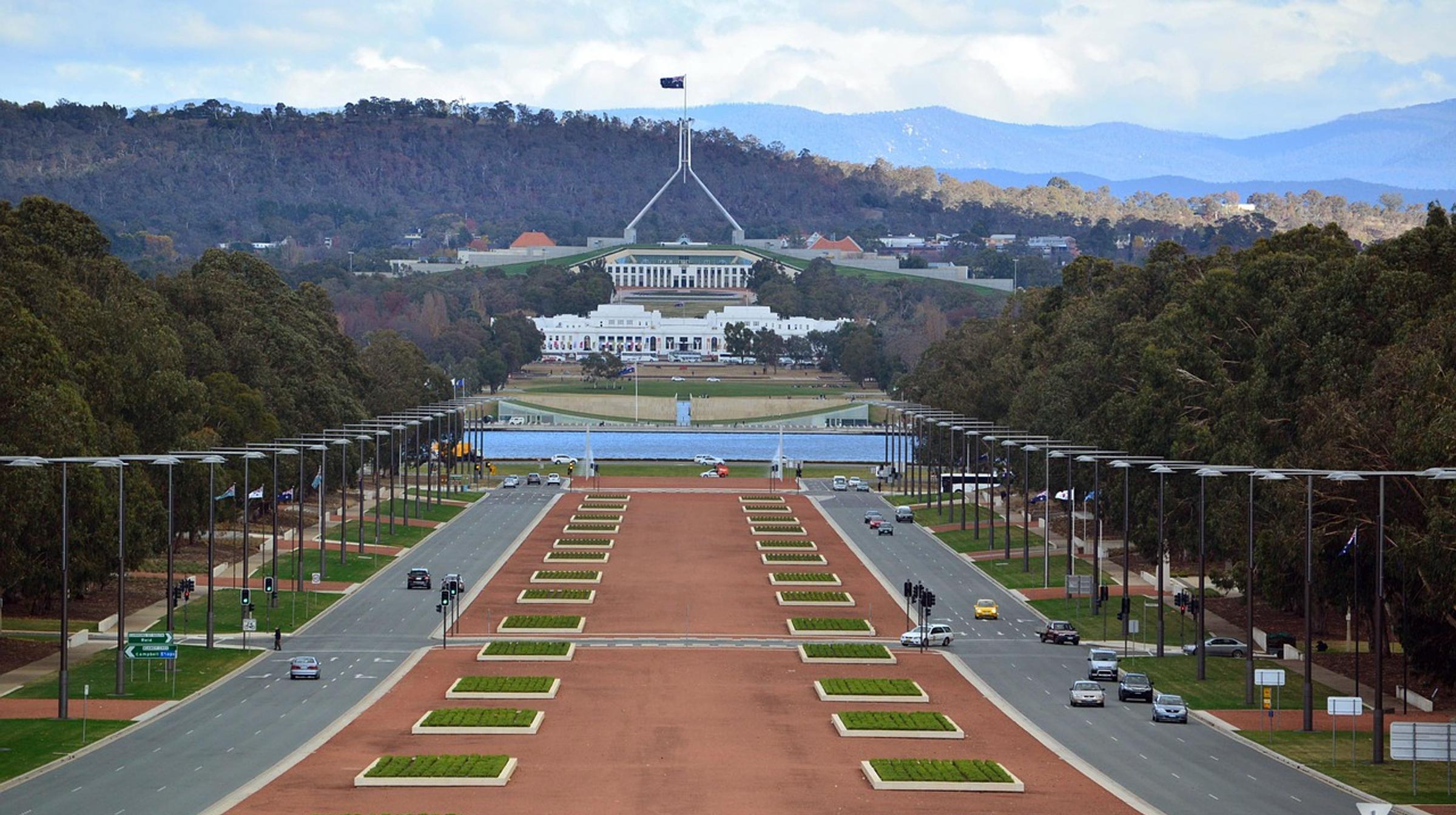
Stage 3 Virtual
Canberra Tour
During Week 8, Stage 3 embarked on our biennial Canberra tour through a range of virtual experiences that included eight Zoom excursions and exploring a range of interactive websites and activities. Our trip included visits to Old and New Parliament House, the Australian War Memorial, the National Museum of Australia, the National Art Gallery, the Film & Sound Archive, Questacon and the Royal Australian Mint.
Of course the centrepiece of the trip was our visit to New Parliament House. Here the students were able to build on their knowledge of democracy by entering the House of Representatives and the Senate, discussing the differences in how the two houses operate and exploring how each room is specifically designed to represent that house of Parliament. We learnt about how the people of Australia vote for different political parties to represent them, how a majority government is formed and how bills are passed between the two houses.
Other favourites included Questacon, where the students learnt about how planes are engineered, and applied these principles to create their own paper planes and gliders, and the National Museum of Australia, where we learnt about how every object comes with a unique story and insight into the history of our country.
Both Stage 3 classes then reflected on what they had learnt during these virtual excursions during our daily Zoom lessons and with an array of activities ranging from reflective and creative writing tasks to Art making. In particular, creating artworks in the style of Jackson Pollock’s Blue Poles was a favourite activity across the two classes.
Stage 3 Fuji Apples
The students of Stage 3 Fuji Apples focused on the creation of a Canberra Travel Journal for the week of virtual excursions. This allowed the students to create a memento of the trip that they could not only refer back to in future lessons, but also enjoy as a personal keepsake in the future. The students were encouraged to make the journal as individualised as possible, with some choosing to use a physical journal to complete their reflection tasks, while others created a digital journal or hybrid of both. This made the journals exciting to share in Zoom lessons and allowed the students to push themselves creatively, as you can see from some of the sample pages shared below. Students included artwork throughout their journals, sketches of buildings and objects, as well as creative layouts for their reflection writing.
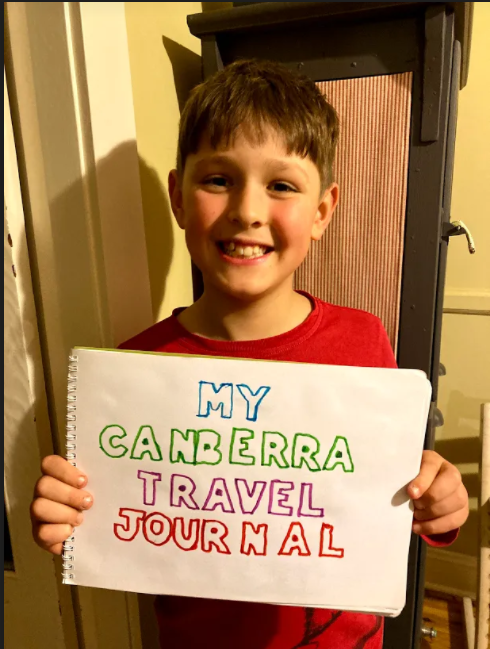
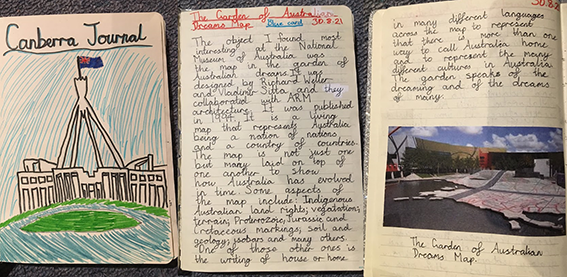
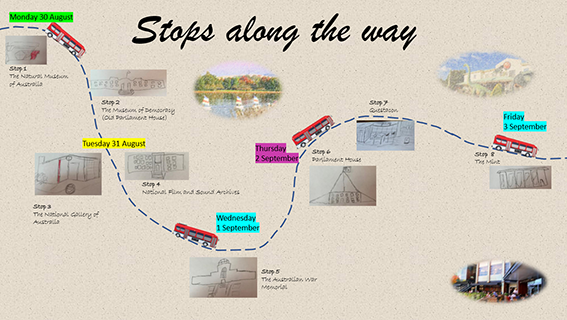
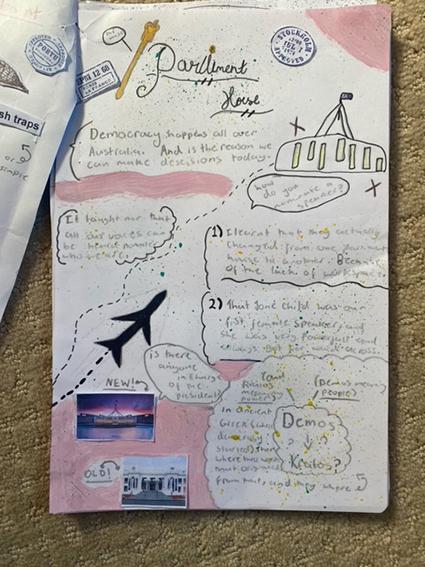
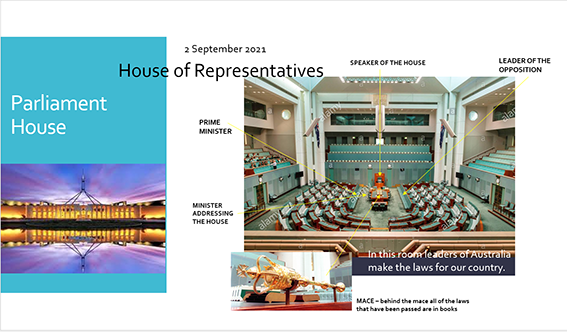
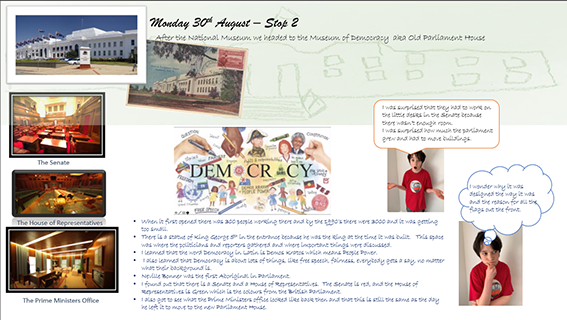
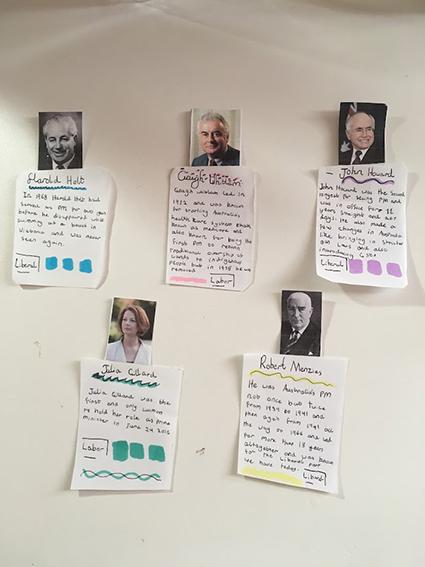
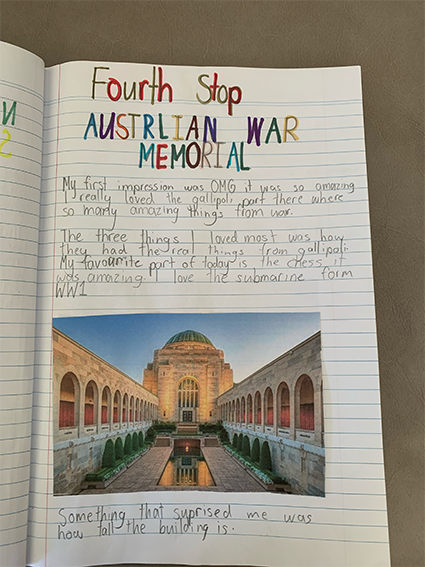
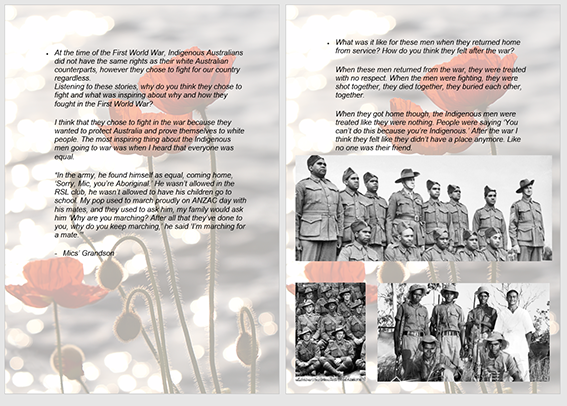
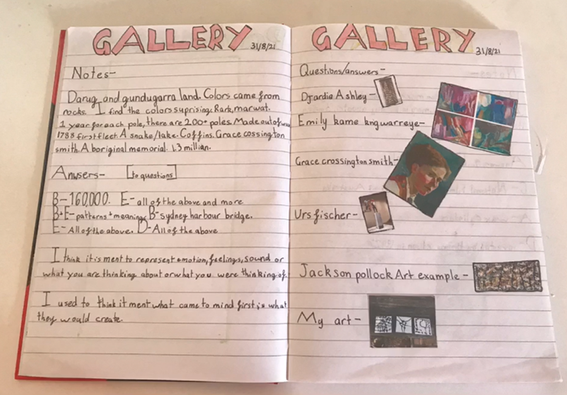
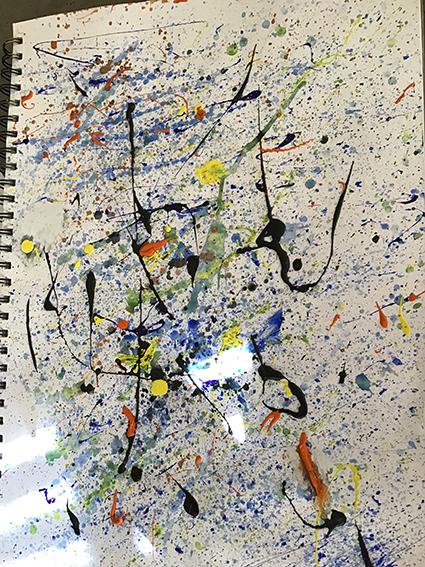
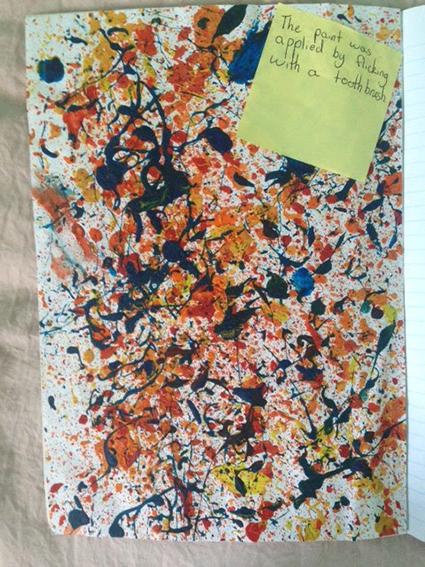
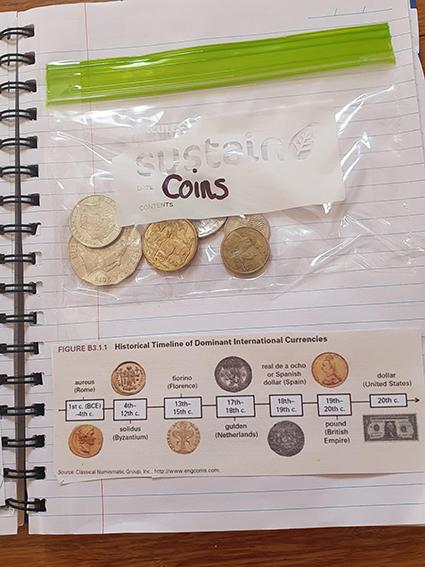













The students have continued to build on the knowledge they gained from the virtual Canberra trip this week in class with the creation of Prime Minister trading cards, undertaking political campaign poster analysis activities and writing extended responses in relation to Indigenous Australians contributions to the First World War. Next we will explore how artists explore political issues, themes and ideas through the format of political cartoons.
Stage 3 Raspberries
Given that our Semester 2 focus in HSIE has been Democracy, it seemed fitting that the learning activities for Stage 3 Raspberries related to ‘Demos Kratos’ meaning the ‘people’s rule.’ Choice was therefore a key element in engaging in reflection on the exciting array of virtual excursions. They collaborated on quizzes in break out rooms on Zoom, enjoyed the practical aspect of Foldable Flight with Questacon and selected stand out exhibits at various museums and galleries to research further.
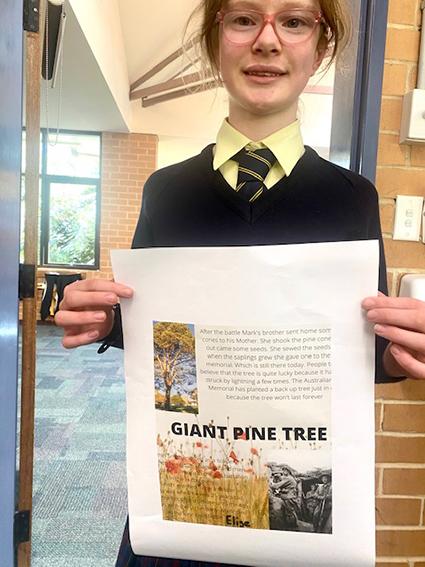
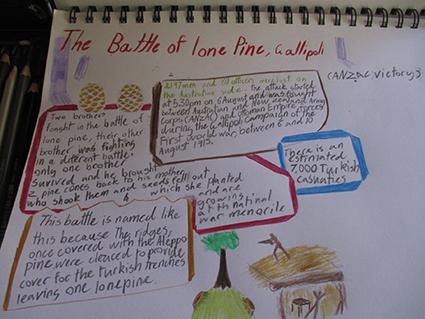
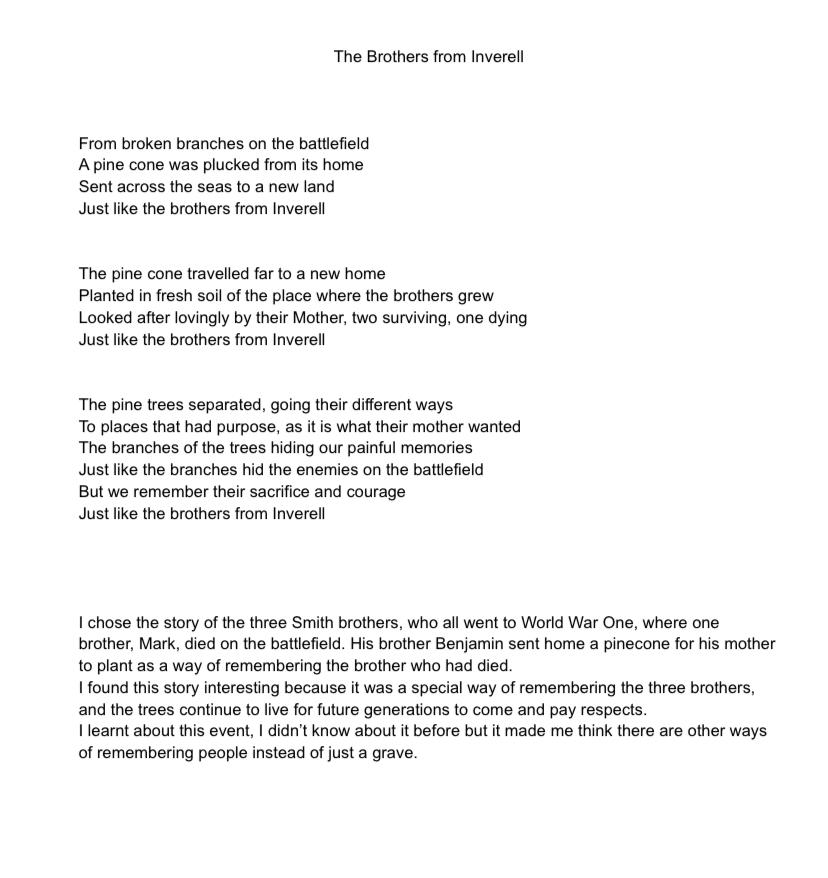
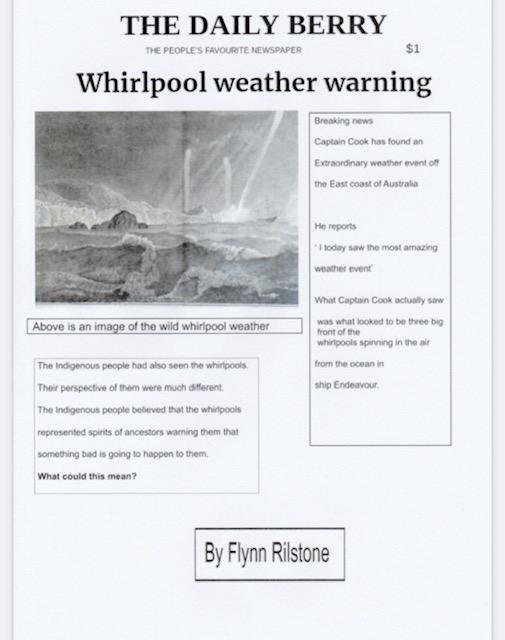
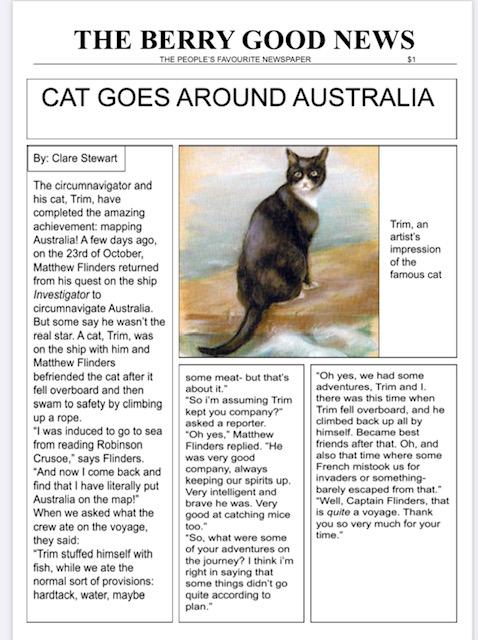
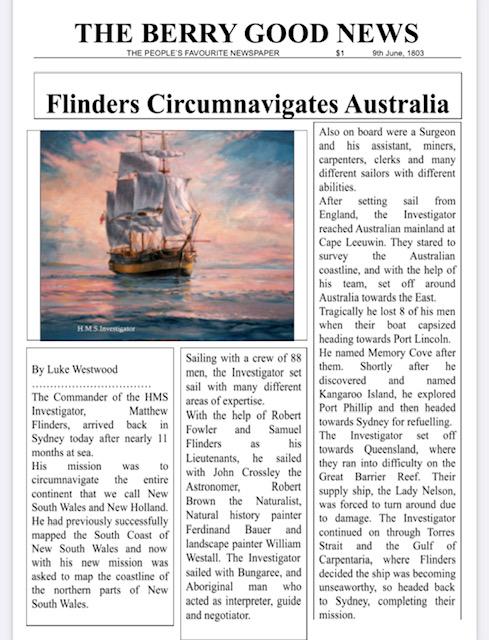
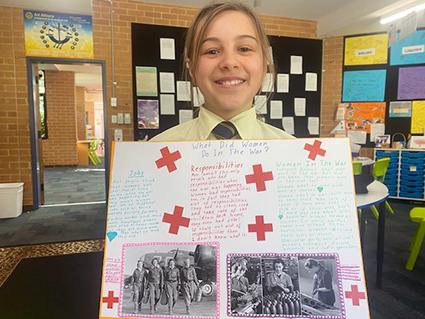
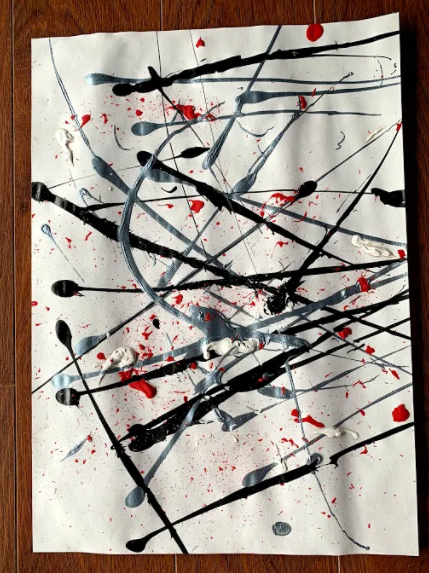
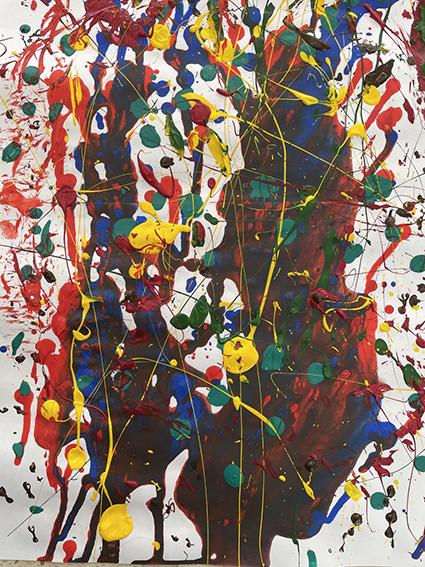
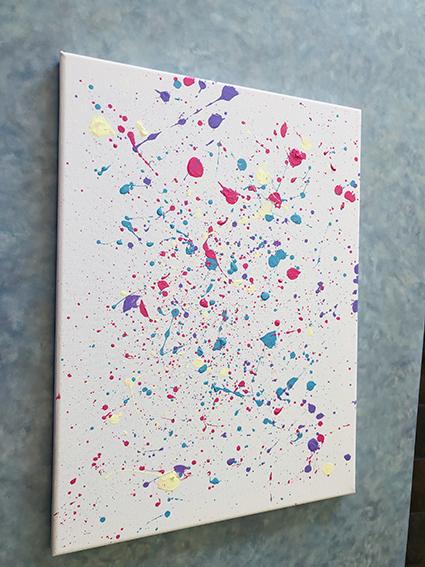
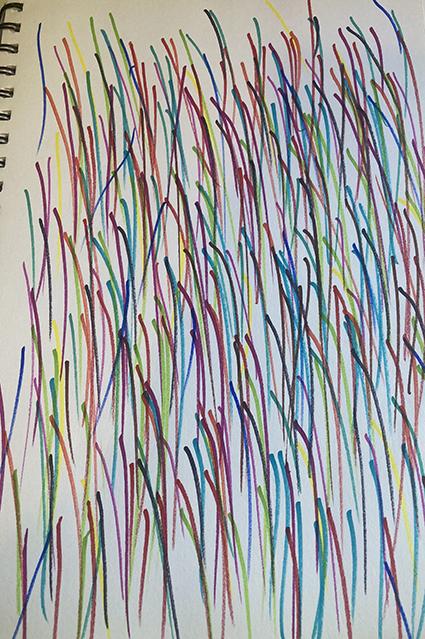
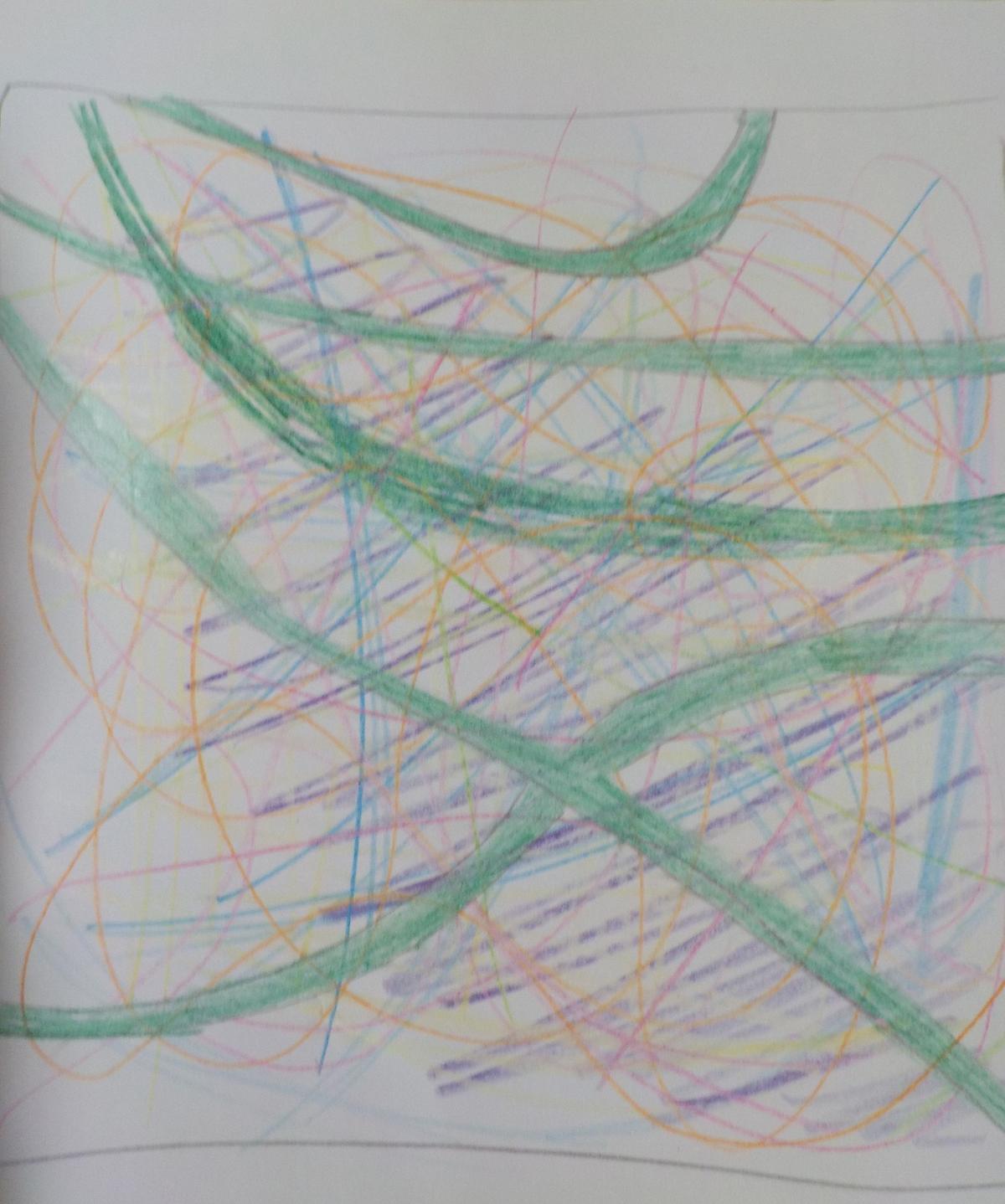












The Australian War Memorial was a special highlight for the Raspberries. Each student chose one exhibit or story that particularly intrigued or interested them. For some it was the story of the Smith brothers and Lone Pine. For others, it was the role that women played in World War II. In the tradition of the Great War poets, some students crafted poems while others created posters. Students reflected on what they learnt from their key exhibit and how their thinking had changed. Some chose to create a poster based on one of the exhibits or stories from the Australian War Memorial. A group of students is currently digging deeper into the role that Charles Bean played in the creation of the ANZAC legend.
Mr John Forbes and Mrs Danielle Roberson
Stage 3 Teachers